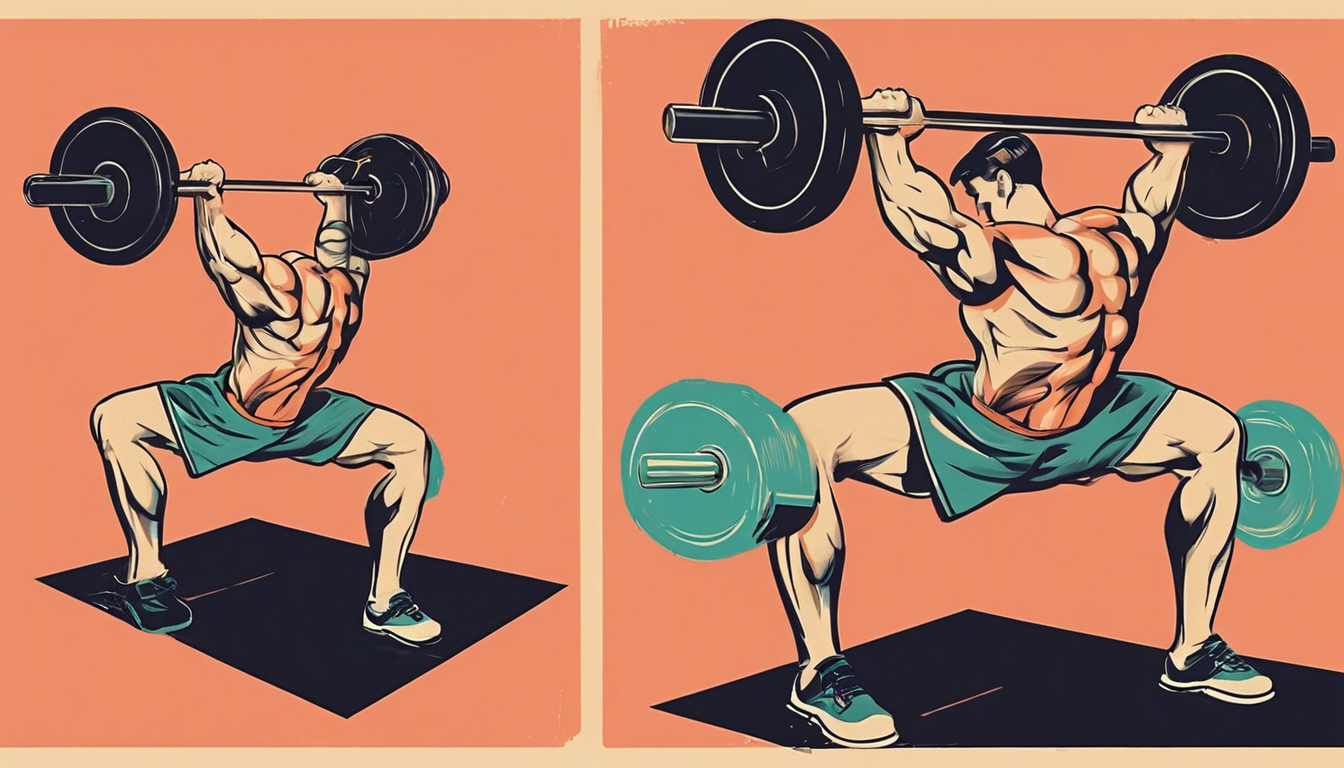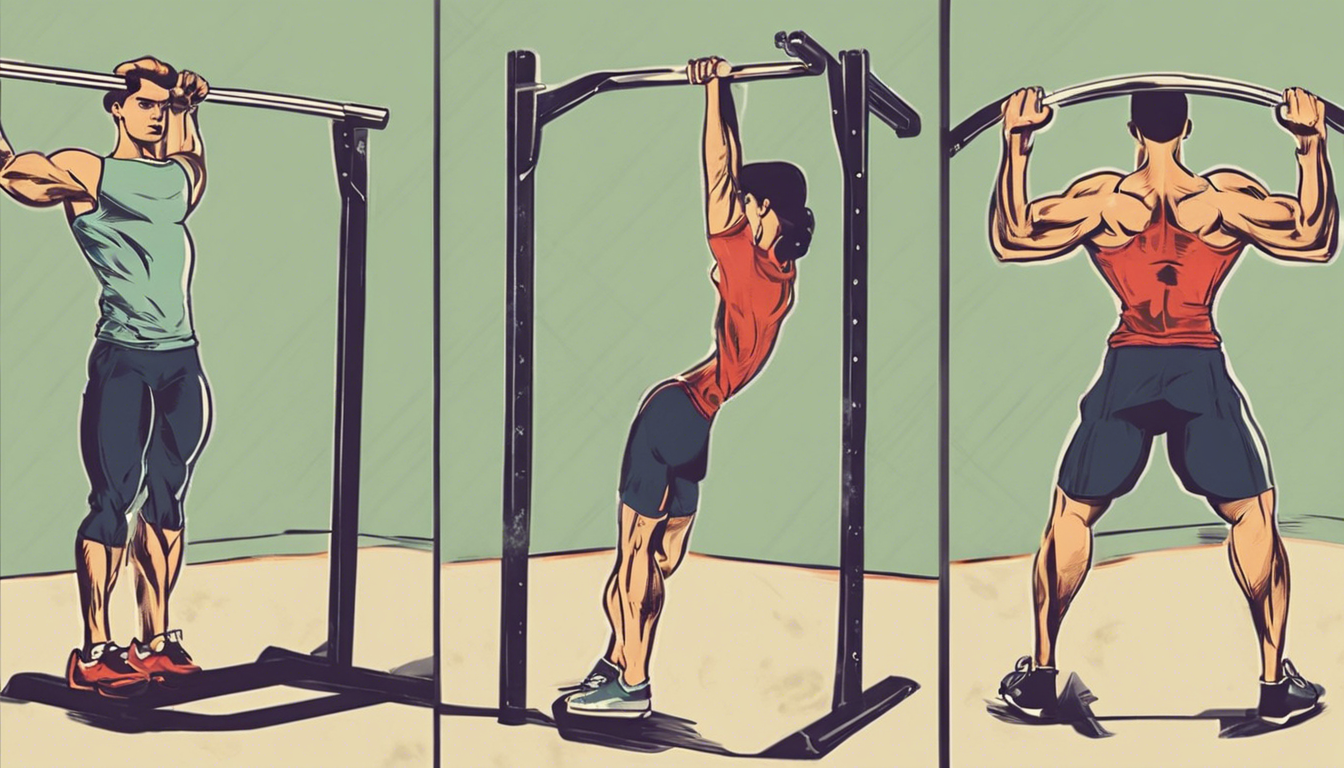
The Forge of Power: A Vision of Ultimate Upper Body Strength
Imagine possessing a sculpted, powerful upper body—a chest that commands attention, triceps that ripple with definition, and shoulders that form a frame of pure, resilient strength. This isn’t just an aesthetic ideal; it’s the embodiment of raw, functional power that translates to every push, press, and lift in your athletic life. This transformation is forged not through complexity, but through fundamental, brutal efficiency. The path leads directly to one of the most potent bodyweight exercises ever devised. Mastering High-Intensity Dip Workouts is the master key to unlocking this tier of physical development. It transforms a simple movement into the foundational engine for unparalleled upper-body mass, strength, and durability.
Foundational Choices: The Hardware of Your Dip Practice
Your results are dictated by your setup. Choosing the right equipment and engraving perfect form into your nervous system is the non-negotiable bedrock upon which all intensity is built.
Part A: Apparatus Selection
The tool defines the task. Parallel Bars offer unmatched stability for pure strength and heavy loading, typically found in serious gyms. Stationary Dip Handles (on a power rack or stand) provide excellent versatility for home gyms but may have less inherent stability. The critical measurements are width and diameter. A grip width slightly wider than your shoulders emphasizes the chest; a narrower grip shifts focus to the triceps. Bar diameter should allow a secure, comfortable grip—typically 1″ to 1.5″—to prevent undue strain on the wrists and forearms.
Part B: The Setup and Stance
Your body’s geometry dictates muscle recruitment. The debate between a “hollow body” (upright torso) and a “lean-forward” position is settled by intent: upright emphasizes the triceps; leaning forward, achieved by allowing the elbows to flare slightly and the chest to point downward, aggressively targets the pectorals and anterior deltoids. Foot placement is your lever for core engagement. Bent knees reduce moment arm and make the movement easier. Straight legs, held slightly in front of the body, create a significant anti-extension demand on your core, turning the dip into a full-body stability challenge.
Part C: The Material of Mastery – Your Body
Before you assault the bars, you must build the prerequisite strength bridge. Attempting high-intensity work without this foundation is an invitation for injury and failure.
| Component Category | Options | Key Characteristics |
|---|---|---|
| Foundational Strength | Push-Ups, Bench Dips, Assisted Dips |
Push-Ups: Builds pressing strength and core integrity; the horizontal press foundation. Bench Dips: Isolates triceps and builds initial endurance; requires minimal equipment but limited range of motion. Assisted Dips (Band/Machine): Allows for controlled overload and volume practice; critical for ingraining full range of motion with perfect form before adding external load. |
The Core System: Manipulating Intensity Variables
A High-Intensity Dip Workout is a precise physiological system. You are not just performing repetitions; you are manipulating specific, controllable variables to force adaptation.
Variable 1: Volume & Density
The Target: For hypertrophy, aim for 3-5 sets of 8-15 reps, with 60-90 seconds of rest. For pure strength, target 4-6 sets of 3-6 reps with 2-4 minutes of rest. The Consequence of Error: Excessive volume with poor recovery leads to overuse injuries in the shoulders and elbows. Insufficient volume fails to provide a growth stimulus. Control Methods: Master rep tempos like a 3-1-3 count (3 seconds down, 1-second pause, 3 seconds up) to increase time-under-tension. Use cluster sets (e.g., 5×3 with 20s rest between micro-sets) to handle heavier loads. Implement density blocks: perform as many high-quality reps as possible in a fixed time (e.g., 10 minutes).
Variable 2: Load & Progressive Overload
The Target: Systematic, small weight additions over time. The Consequence of Error: Stagnation. Your body adapts and plateaus without increased demand. Control Tools: A dip belt is the gold standard for loading. Weight vests are excellent for higher-rep work. Chains add accommodating resistance, increasing load at the top where you are strongest. The protocol is simple: when you can perform 2-3 reps over your target rep goal with perfect form, add 2.5-5 lbs.
Variable 3: Range of Motion & Joint Integrity
The Target: Full, pain-free depth where the shoulders dip just below the elbows, while maintaining active scapular depression (shoulders down). The Consequence of Error: Shallow reps limit muscle growth. Forced depth without proper mobility causes shoulder impingement or pec strains. Control Solutions: Use a box or bench to tactilely gauge depth. Practice controlled negatives (5+ second descents) to build strength in the stretched position. Mandatory mobility work includes daily thoracic spine extensions (foam rolling) and scapular control drills (scapular hangs, wall slides).
Advanced Practices: The Art of the Dip Workout
This is where the science of intensity becomes an art form. These techniques transform the dip from a mere exercise into the centerpiece of an elite upper-body regimen.
Technique 1: Advanced Variations
Weighted Dips: The undisputed king for building absolute strength and mass. Ring Dips: The ultimate test of stability, demanding immense coordination and connective tissue strength, translating directly to injury resilience. Bulgarian/Russian Dips: Performed with hands behind the back on parallel bars, these place an extreme stretch on the chest and anterior deltoids, targeting often-neglected ranges.
Technique 2: Programming for Supremacy
Integrate your High-Intensity Dip Workouts strategically. On a push day, place them first when you are freshest. In a full-body routine, pair them with a lower-body exercise. For dedicated strength, make them your primary movement, followed by accessory work. Implement devastating supersets: pair weighted dips with push-ups for volume, or with banded face-pulls for prehab and antagonist activation.
Technique 3: The Mind-Muscle Link
At the top of every rep, intentionally depress and retract your scapulae—push your shoulders down and back. This fully engages the latissimus dorsi for stability and protects the shoulder joint. On the descent, exert absolute control. The eccentric (lowering) phase is a potent growth stimulus; never simply drop into the bottom position.
Threat Management: Injury Prevention and Solution
A proactive stance is the hallmark of a master. Training hard is pointless if you train yourself into injury.
Prevention: The Armor of Prehab
Your warm-up is non-negotiable. Perform 2-3 sets of band pull-aparts (20 reps), scapular wall slides (10-15 reps), and a set of very light, high-rep assisted or bodyweight dips (15-20 reps). Adhere to the “Listen to Your Joints” rule: Distinguish the deep burn of muscular fatigue from the sharp, pinching, or aching sensation of tendon or joint distress. The former is a signal to continue; the latter is a command to stop.
Intervention: The Tiered Response Plan
When a problem arises, respond with a calibrated, intelligent escalation.
| Problem | Tier 1 (Immediate Form Correction) | Tier 2 (Mobility & Active Recovery) | Tier 3 (Rehab & Rebuild) |
|---|---|---|---|
| Anterior Shoulder Pain | Reduce depth immediately. Reduce or remove external load. Focus intensely on scapular retraction throughout the movement. | Implement daily doorway pec stretches (3x30s) and sleeper stretches for internal rotation. Use light band work for external rotations. | Substitute dips entirely with floor press variations (eliminates the stretch) and isolation work for rear delts and rotator cuff. Return only when pain-free for 7 days. |
| Elbow Tendonitis (Tricep/Antenna) | Stop all locking out at the top of the rep. Keep a slight bend in the elbow. Eliminate explosive movements. | Use a compression sleeve during training. Perform high-rep (20-30), very light tricep pushdowns as a warm-up and cool-down. | Switch to isometric holds (90-degree elbow angle) and eccentric-only reps. Heavily prioritize forearm flexor and extensor strengthening. |
The Action Plan: A 12-Week Dip Dominance Calendar
This phased roadmap transitions you from novice to master, systematically applying the principles of intensity.
| Phase | Primary Tasks | Focus On |
|---|---|---|
| Foundation (Weeks 1-4) | Master bodyweight form for 3 sets of 8-10 perfect reps. Implement daily mobility drills (thoracic, scapular). If needed, use assisted dips to build to this standard. | Neural adaptation, ingraining perfect motor patterns, and conditioning tendons/ligaments. Pain-free full ROM is the only metric of success. |
| Intensification (Weeks 5-8) | Introduce weighted dips (start with 5-10 lbs). Experiment with 3-1-3 tempo reps. Add one dedicated high-intensity dip workout per week using a density block (e.g., max reps in 8 minutes). | Progressive overload. Introducing advanced intensity techniques. Learning to handle fatigue while maintaining form under light load. |
| Mastery (Weeks 9-12) | Cycle between heavy days (3×5 with challenging weight) and high-volume days (5×10 with bodyweight or light weight). Incorporate one advanced variation (e.g., Ring Dips) as a skill practice at the end of a session. | Peak strength and integration. Dips are no longer an “exercise” but a cornerstone of your permanent athletic identity, programmed intuitively for your goals. |
The Transformation Embodied
The journey from selecting your bars to programming your peak underscores the core principle: High-Intensity Dip Workouts are an exercise in intelligent, controlled aggression applied to a timeless movement. Mastery is not a genetic lottery; it is the direct, tangible reward for those who respect the hardware, command the systemic variables, and practice the advanced arts with consistency and discipline. The dip station ceases to be mere equipment. It becomes your forge—a place where resilience is tempered, progress is measured in pounds added and pain avoided, and the vision of ultimate upper-body strength is forged into the enduring reality of your physique.





